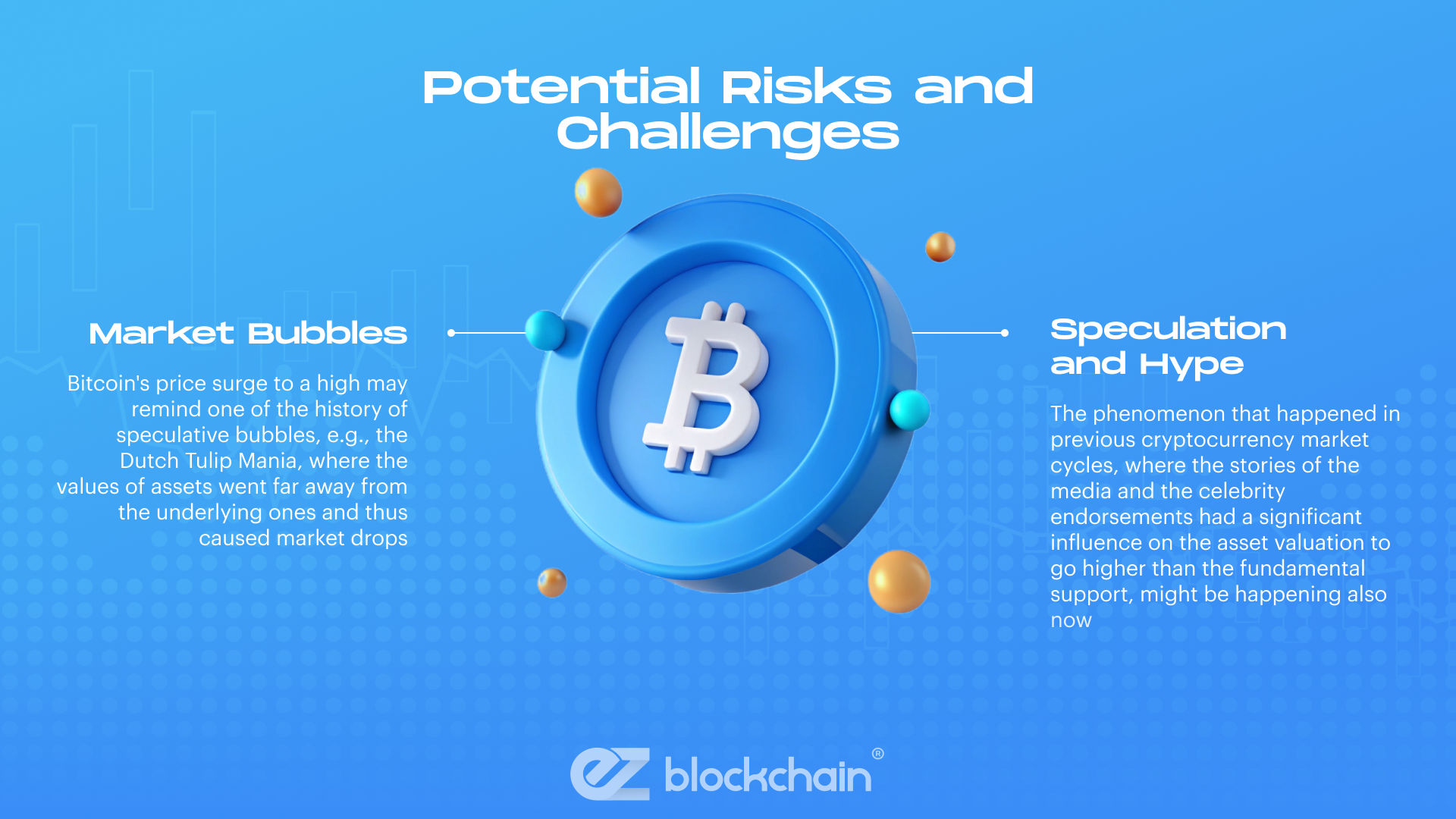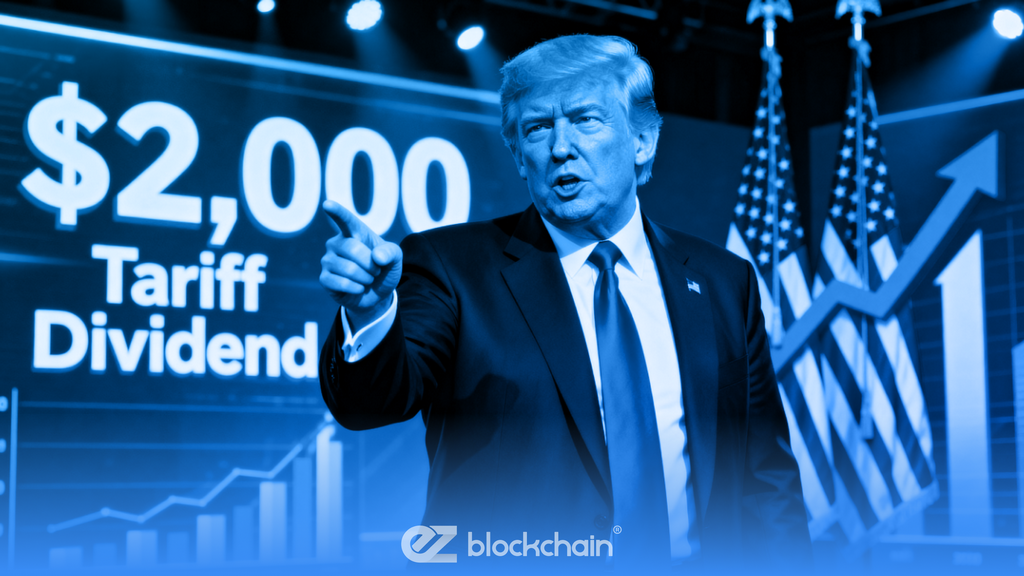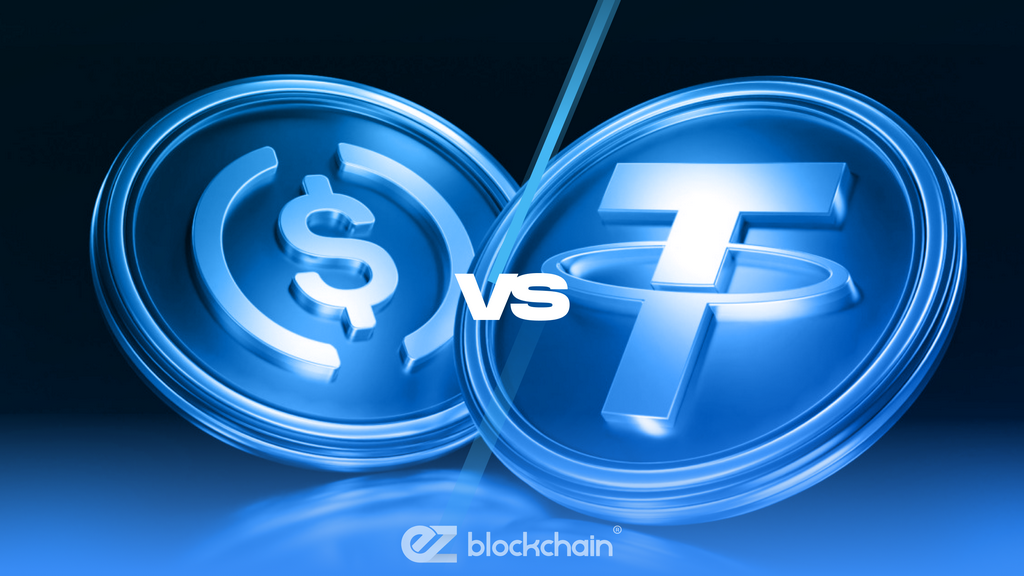Stay up to date with the latest news, announcements, and articles.
Impact on Investors and the Market
The gap between those who have already bought in and those who are just starting out is going to get even bigger when Bitcoin reaches the estimated $1 million price.
Early investors are basically guaranteed a massive return on their investment, and if they sell now, they’ll make a profit. Coming into the market at this stage, new investors will not only have to pay more, but they’ll also have a much smaller chance of getting back their money, and if the price drops, they’ll lose money.
Profit Realization and Sell Pressure
The $1 million mark becomes mathematically possible if Bitcoin actually overtakes gold as the leading non-sovereign store of value in the world, gaining the majority of its $18 trillion market capitalization (and possibly more). Perhaps the most important factor would also be widespread institutional and governmental adoption. This was made possible with the introduction of spot Bitcoin ETFs in the US in early 2024, and actions such as the US creating a Strategic Bitcoin Reserve indicate that state-level interest is increasing.

Market Volatility
Cathie Wood, the CEO of ARK Invest, has remained one of the most upbeat institutional supporters of Bitcoin. According to her most recent prediction, in ARK’s “Bull Case” scenario, Bitcoin would reach $1.5 million by 2030, necessitating a compound annual growth rate of 58% over the following five years. In light of the spot ETF’s success, Wood recently raised her forecast to a possible $3.8 million by 2030, citing higher institutional allocation.
Is it possible for Bitcoin to reach 1 million because of this insight? These observations indicate that the value of Bitcoin remains tethered to economic shocks, institutional money that suddenly comes in, and decisions made in the regulatory arena. Due to the bidirectional fluctuations of trading within the channels of express trade, provisioning, and market sentiment, the non-linear effects on the long- and short-price momentum tend to cause bite shifts of marginal changes spikes.
Effects on Mining and Network Security
The balance between network integrity and the workings of Bitcoin mining, and its subsequent value, would be drastically altered if Bitcoin surpassed $1 million. The sheer dominance of mining profits would, for the first time, inline block rewards and transaction fees. This would, therefore, lead to a steep increase in the profitability of mining, and as a result, new and existing miners would be incentivized to scale their hash power.
However, if the existing market is unfair and favorably tilted towards the organizations that control the most advanced ASICs and offer the cheapest power, this would, in turn, exacerbate the existing trend of network centralization. This would be antithetical to the principle of decentralization, which is the core principle that motivates reward distribution.
Global Economic Implications
Although Bitcoin hitting $1 million is an incredible feat that would require a nearly 900% gain from current prices, this scenario is becoming more and more likely due to a number of things coming together. A strong argument for price growth is made by the combination of global supply, increasing institutional use, increased real-world utility, and macroeconomic unpredictability.
Investors should be aware if will Bitcoin hit 1 million, nevertheless, such sharp price increases would necessitate ongoing institutional demand, advantageous regulatory frameworks, and advancements in technology. The projections show that the timeframe for reaching $1 million is probably going to last until the 2030s, with considerable economic turbulence anticipated along the way.
Adoption and Regulation
A $1 million Bitcoin price would also trigger major changes to the regulatory landscape. Governments would need policies that balance the risks to financial stability with wider adoption. That could mean integrating cryptocurrencies into existing financial systems and imposing tougher rules to prevent market manipulation. Clear, comprehensive regulatory frameworks would be essential to manage the benefits and challenges of the rapidly growing crypto economy.
Governments and central banks might respond by tightening monetary policy to stabilize their currencies. Alternatively, they could speed up plans for their own digital currencies to compete with Bitcoin’s appeal and maintain control over financial systems. That could spark a race between countries to build robust digital currencies and change how people around the world think about and use money.
Inflation and Store of Value
“Bitcoin is protected from the inflationary dynamics that reduce the purchasing power
of fiat currencies by its fixed supply cap of 21 million units and its halving schedule,
which establish a deflationary monetary framework.” — Fidelity Digital Assets
Bitcoin, in contrast to fiat currencies, does not have the possibility to be inflated due to its limited quantity. As a result, its value gradually increases over time, which exerts deflationary pressure on the economy. Since consumers could choose to hold onto their Bitcoin rather than spend it as they anticipate that its value will increase, businesses will have to rethink their pricing strategies. This potential shift in behavior is indicative of the need for different pricing strategies that reflect the deflationary nature of Bitcoin and also take into account the fact that less spending may occur in inflationary currencies.
Potential Risks and Challenges
A speculative market bubble, where prices soar unsustainably because of excessive speculation and media hype, would likely form if Bitcoin reached $1 million. Money moving from established assets like stocks and bonds into cryptocurrencies at that scale could destabilize traditional financial markets and increase systemic risk. The concentration of wealth among adopters would deepen economic inequality, potentially sparking social unrest and drawing regulatory scrutiny.
Potential risks would be:
- Market Bubbles: Bitcoin’s price surge to a high may remind one of the history of speculative bubbles, e.g., the Dutch Tulip Mania, where the values of assets went far away from the underlying ones and thus caused market drops.
- Speculation and Hype: The phenomenon that happened in previous cryptocurrency market cycles, where the stories of the media and the celebrity endorsements had a significant influence on the asset valuation to go higher than the fundamental support, might be happening also now.
Simply put, a price of one million dollars for Bitcoin could be a sign that the institutions are more interested and that they have accepted it; however, there is still a lot of risk involved with that, which needs to be thought about carefully.

Final Thoughts
Will bitcoin hit a million? A $1 million Bitcoin would put established financial systems to the test on a macroeconomic and regulatory level and spur interest in safe, effective mining solutions. By offering optimum performance, energy efficiency, and dependable network participation, EZ Blockchain’s cutting-edge ASIC miners and hosting services may assist investors in taking advantage of these market conditions and guarantee that mining operations continue to be resilient and profitable even in the face of increased volatility.
Fill out a form and our bitcoin mining expert will contact you.
FREE CONSULTATIONchoose
a miner
profit and
understand data?
business remotely
with EZ Blockchain?
Fill out a form and our bitcoin mining expert will contact you.









